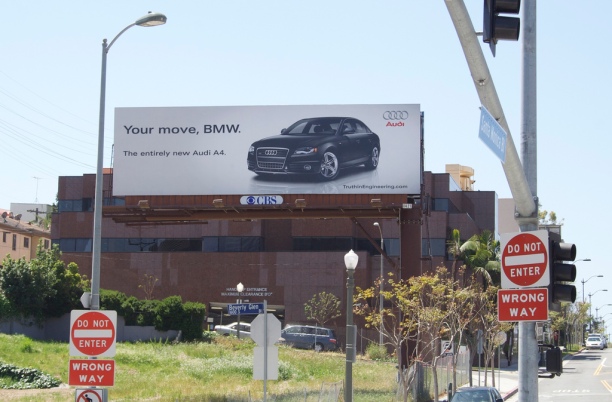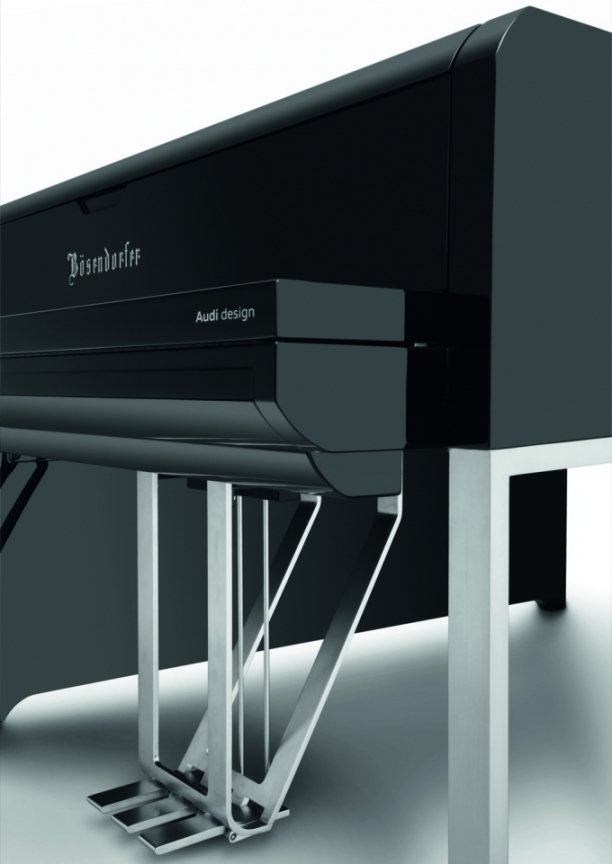
In a permanent search for challenges, the Audi Design Studio Team in Munich turned its attention to redesigning a musical instrument which is not so closely related to the automotive industry: a grand piano. // <































































































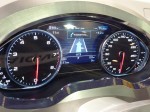
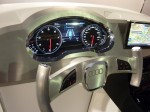
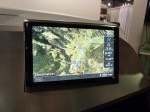
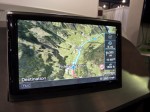
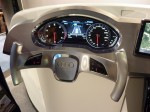
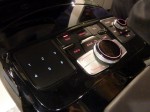
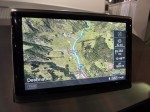
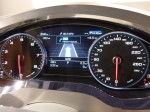
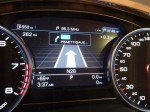
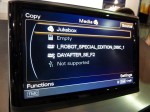




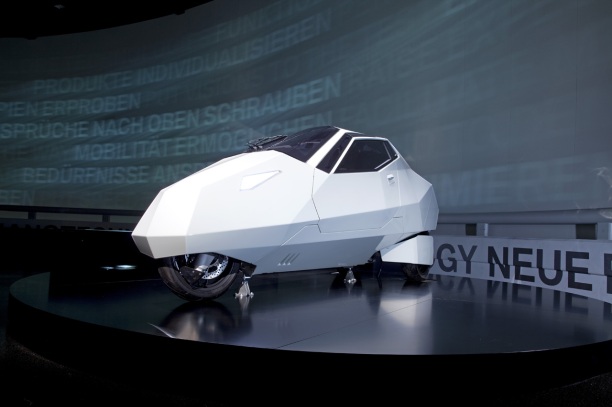









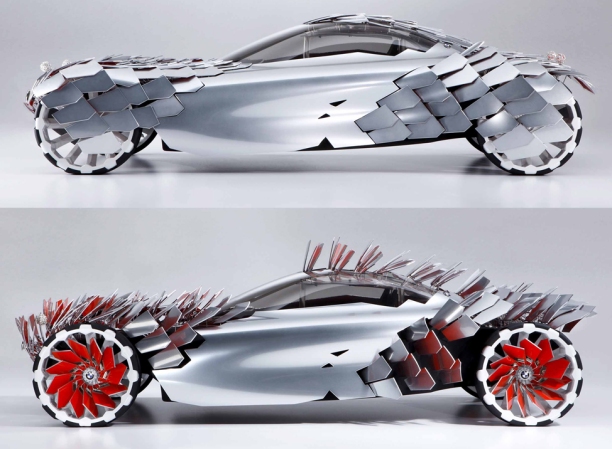







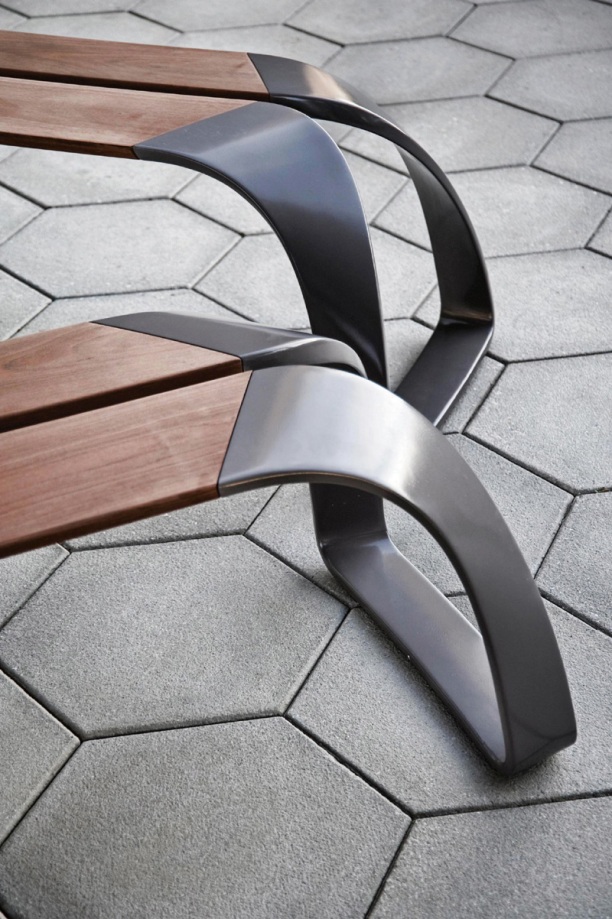












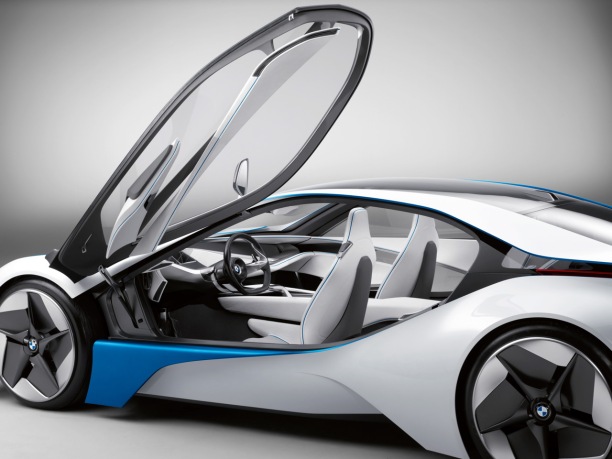
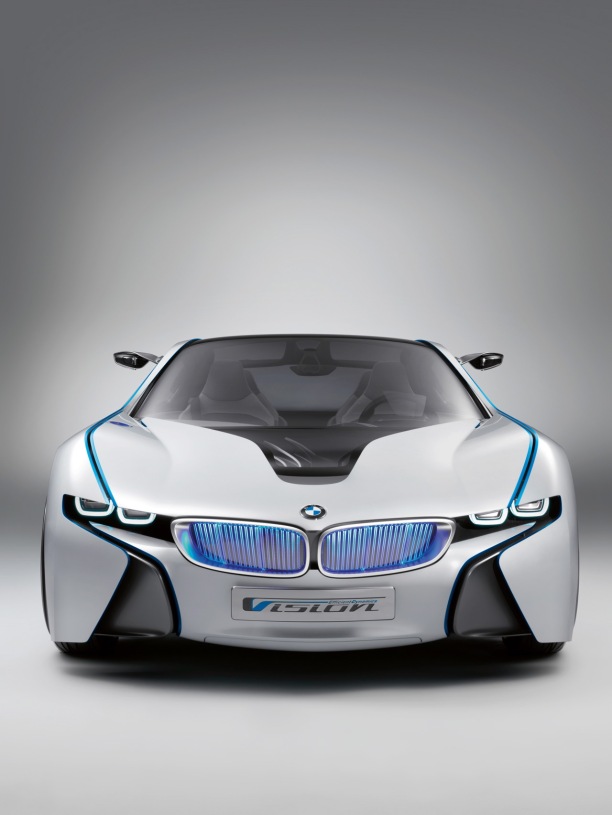
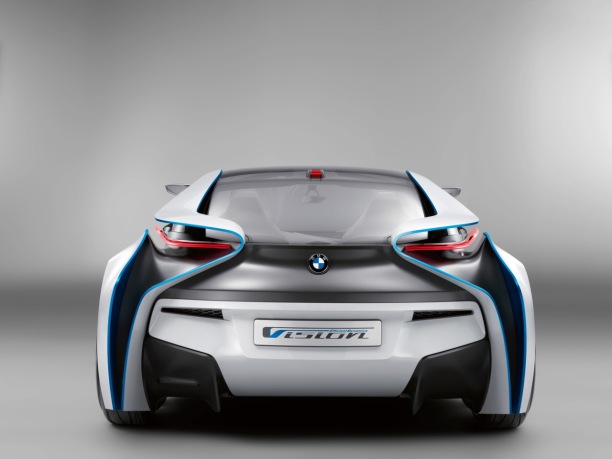











































































![sustainable design, green design, bmw welt, factory, eco-friendly, natural ventilation, Coop Himmelb[l]au](https://i0.wp.com/www.inhabitat.com/wp-content/uploads/bmw-welt-5772.jpg)
![sustainable design, green design, bmw welt, factory, eco-friendly, natural ventilation, Coop Himmelb[l]au BMW-Welt](https://i0.wp.com/www.inhabitat.com/wp-content/uploads/bmw-welt-7032.jpg)







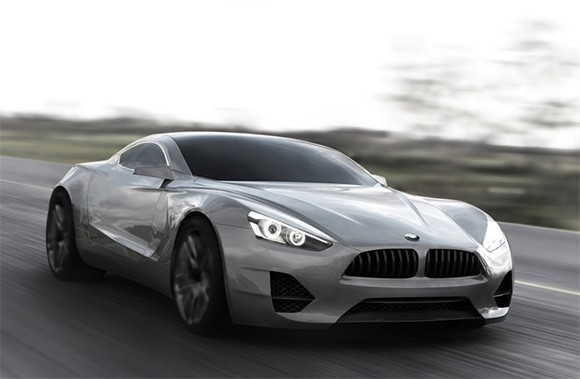






























 Car designer Harsha Vardhan has a different vision of tomorrow. While his vehicle calls for an electric engine, just like we see in cars now like the Prius or Volt, that engine drives magnetic fields, not wheels.
Car designer Harsha Vardhan has a different vision of tomorrow. While his vehicle calls for an electric engine, just like we see in cars now like the Prius or Volt, that engine drives magnetic fields, not wheels.




























